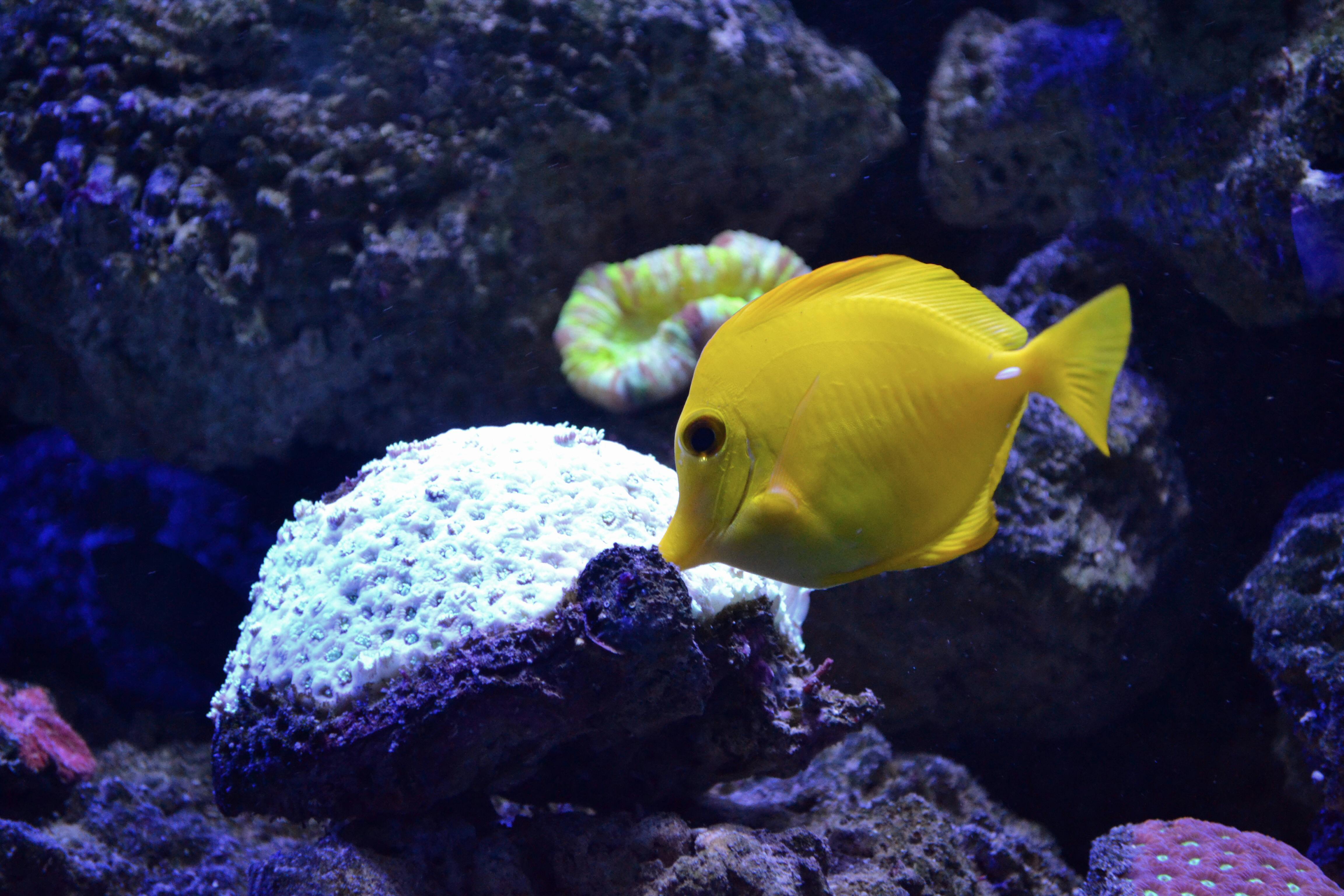The Intriguing Science behind Pet Fish and their Sleep Patterns
Are fish capable of sleep just like us humans? This amazing question has puzzled pet owners and scientists for years. Let's dive deep into the aquatic world and explore the intriguing science behind pet fish and their sleep patterns. In the vast domain of pet care and animal science, the study of fish sleep patterns is an intriguing and relatively under-explored topic. Ranging from the common goldfish to the exotic betta fish, millions of households worldwide house fish as pets, yet their sleep behavior remains a mystery to many.

A Historical Dive into Fish Sleep Patterns
Historically, the idea of fish sleeping was dismissed due to the apparent lack of noticeable changes in their behavior. Fish don’t close their eyes, nor do they exhibit the obvious signs of sleep that mammals do. However, modern research has painted a different picture. Over the past few decades, scientists have begun to understand that fish do, in fact, have a rest period that can be equated to sleep.
Latest Research and Discoveries
Recent studies have shown that most species of fish exhibit signs of rest or inactivity during a specific period, usually when light levels are low. For instance, zebrafish, a popular model organism in scientific research, display reduced movement and decreased responsiveness to stimuli during their rest period, characteristics akin to sleep in other animals.
The Impact of Aquarium Lighting on Fish Sleep
A crucial aspect that influences the sleep pattern of pet fish is the lighting within their aquarium. Just as humans have a circadian rhythm influenced by the day-night cycle, fish too respond to light changes. Aquarium owners are encouraged to maintain regular light and dark periods to support the natural sleep-wake cycle of their aquatic pets.
The Economic Influence of Fish Sleep Research
The insights gained from fish sleep research have far-reaching implications beyond the pet industry. Understanding the sleep patterns of fish can contribute to aquaculture’s efficiency, a billion-dollar industry responsible for farming and breeding fish for consumption.
Sleep in Fish: A Blend of Complexity and Simplicity
In summary, the sleep behavior of fish presents a fascinating blend of complexity and simplicity. While their sleep might not mirror that of mammals, it is clear that fish do have a form of rest. As pet owners or enthusiasts, understanding this behavior can help us provide better care for our aquatic friends.
The realm of fish sleep patterns is a testimony to the beautiful complexity of the animal kingdom. It echoes the need for continued research to fully understand and appreciate the many species we share our planet with. The more we know, the better we can care for these wonderful creatures, whether they are swimming in the vast ocean or within the confines of our home aquariums.




